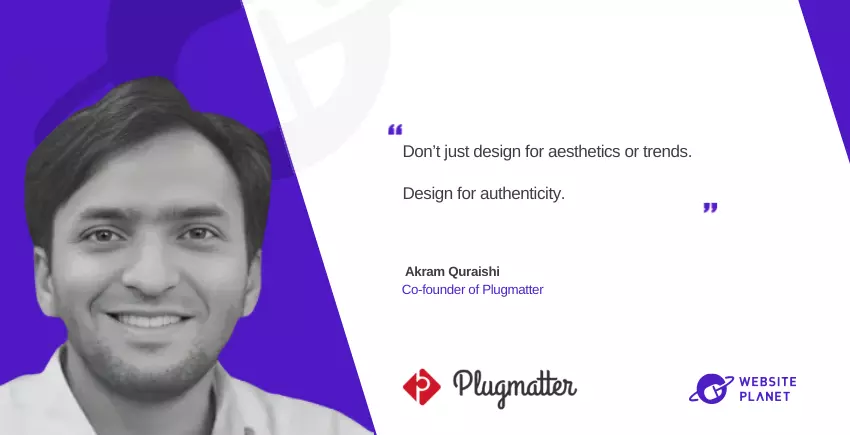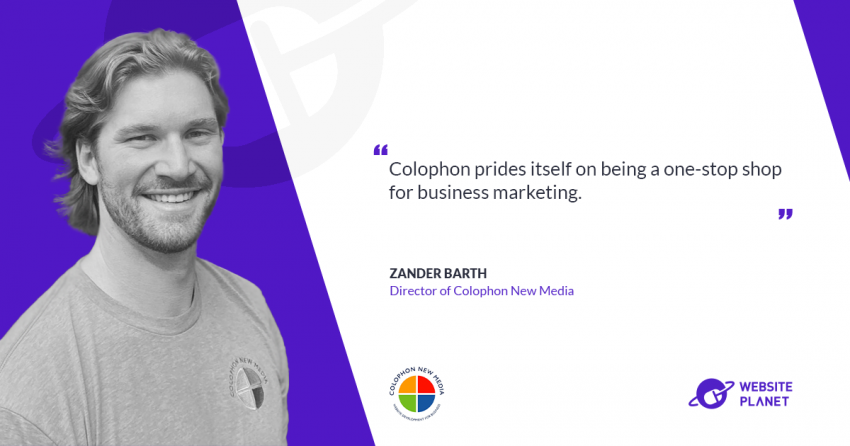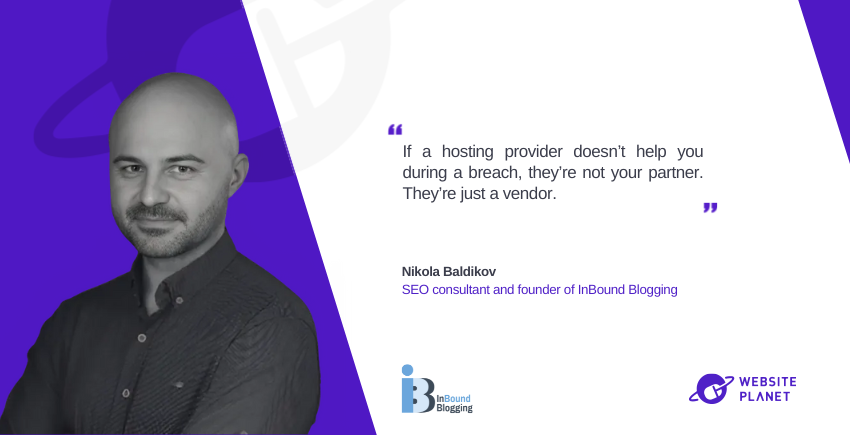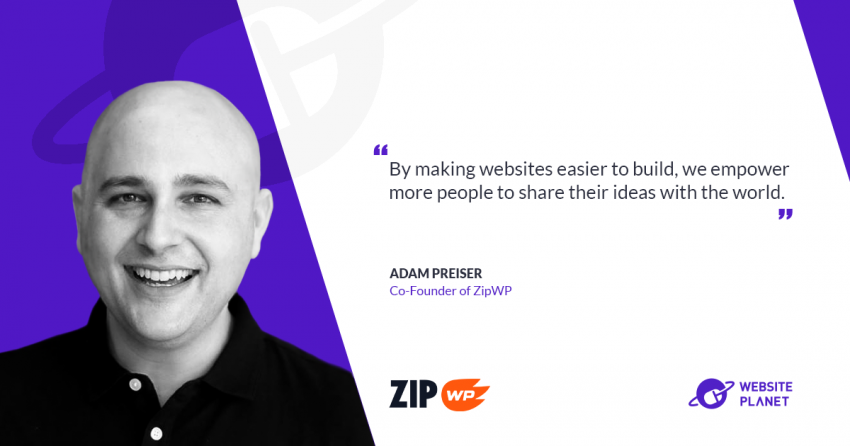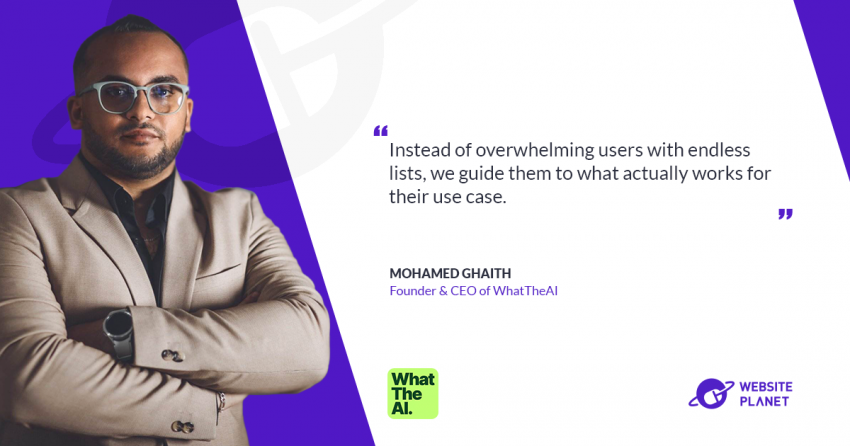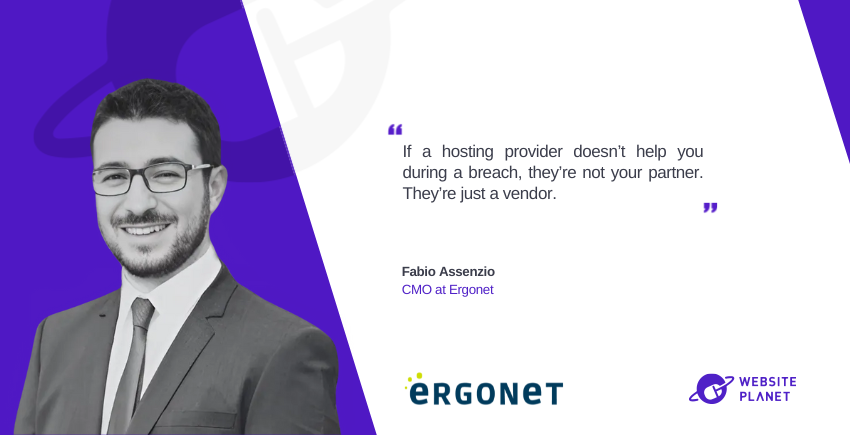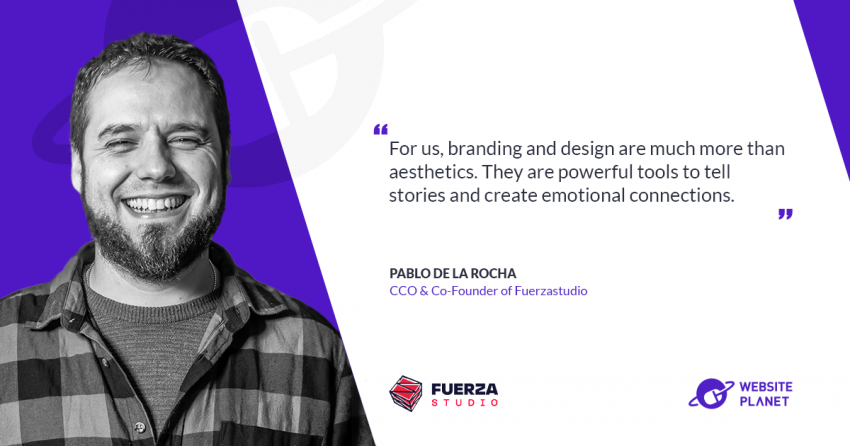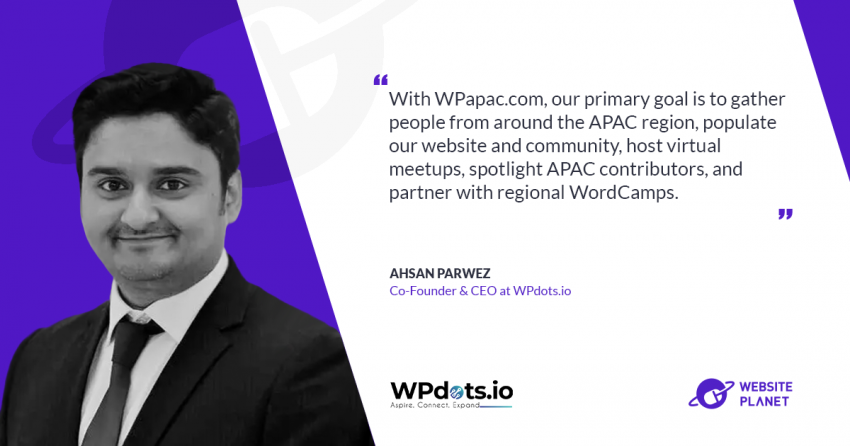Tell us a bit about you. What is your background in website building, and what are your numbers in terms of number of customers and revenue generated for them?
My web design journey started back in 2000 when I was in high school. A friend’s brother, Mairaj, introduced me to basic HTML. We didn’t have internet access at home, so we explored offline HTML documentation bundled with games like Quake 3D. We’d inspect those files, tweak the code, and eventually began building hobby websites. We’d even go to internet cafés with floppy disks to download cool effects or scripts to try at home. That hobby turned into a small local business where we advertised in free classifieds and took on web design projects in Hyderabad, India. After college, I worked for a few companies and startups before reuniting with Mairaj to launch our WordPress-focused company, Plugmatter.com, in 2013. Since then, we’ve built and managed hundreds of websites, from business and eCommerce sites to university portals and solopreneur brands. We specialize in performance-optimized and conversion-focused WordPress sites. We’ve generated substantial ROI for clients across industries, and many of our happy clients have left video testimonials on YouTube.In your opinion, what are the core principles of good web design today, and essential features to be included in any website?
Speed is kingIf a site isn’t fast, everything else is secondary. Performance directly impacts user experience and conversions, since nowadays users won’t wait more than 2-3 seconds for a page to load. Multiple data studies have proven the strong correlation between load speed and conversion rates.
- Sites loading in 1 second have conversion rates 3-5x higher than those loading in 5 to 10 seconds.
- Conversion rates for eCommerce sites peak between 1 and 2 seconds load time, and drop by about 0.3% for every second of delay.
- Users visit 60% more pages if they load in less than 3 seconds.
Mobile devices generate over 63% of all website traffic worldwide in 2025, but this is bound to rise to nearly 75% soon. Design must prioritize mobile usability. Clear CTAs and messaging
The purpose of each page should be immediately obvious. Don’t make users guess. Clear CTAs reduce cognitive load, by making it obvious what users should do next, whether it’s signing up, purchasing, or contacting. Studies show that well-designed CTAs can increase conversion rates by up to 80%. The placement, color, wording, and size of CTAs all influence user behavior. Clarity and simplicity
I’m a big fan of Don’t Make Me Think by Steve Krug. A good design guides users to take action instead of forcing them to figure things out.
On the flip side, are there any popular trends in UX and web design that you wish people would stop following, and why? What’s your alternative approach?
AI-generated graphics, especially of humans. They’ve become a shortcut, and users can tell. These visuals often feel fake or generic, which can break trust instead of building it. Research on AI avatars shows that highly realistic avatars can be perceived as more trustworthy in expert contexts, but their subtle inconsistencies in facial expressions, eye movements, and mouth synchronization often unsettle viewers. Stylized or cartoon-like avatars sometimes succeed in avoiding this in informal settings. I recommend using real team photos or candid, authentic images. In an age of AI, authenticity is a competitive advantage. It’s what makes a brand feel real and relatable.What are your 5 most cost-effective design investments that deliver the highest and fastest ROI? Why do they work so well, and what’s the easiest way to put them into practice?
- Above-the-fold optimization – Put your best offer and CTA right at the top. Most users don’t scroll, so you have to capture attention fast.
- Video testimonials – Real customer videos boost credibility and conversions. We’ve seen measurable improvements after adding them.
- Performance optimization – Affects everything from engagement to SEO. Speed sells.
- Simplified navigation – Avoid overloading the menu. A clean layout with a search option improves usability.
- Heatmaps and session recording – We use Microsoft Clarity to study real user behavior. It’s free and reveals friction points and opportunities quickly.
If you were starting today with little to no coding skills, what site builder and other platforms would you use to build, manage, and grow your website?
I’d still recommend WordPress. It’s flexible, powerful, and has incredible community support. With a page builder like Elementor, it becomes beginner-friendly too.| Platform | Positive | Negative |
| WordPress | Super flexible, great for SEO, fully customizable. | Needs maintenance, has a learning curve. |
| Webflow | Designer-friendly, clean code, good SEO. | Less flexible for advanced features, pricey. |
| Wix | Easiest to use, all-in-one setup. | Limited SEO and customization, not very scalable. |
| Shopify | Best for eCommerce, highly scalable. | Weak CMS/blog, customization via Liquid (not easy). |
When analyzing a website’s conversions and performance, what metrics do you focus on, and why? How should website owners with limited resources get started with tracking and interpreting these metrics?
We start with Core Web Vitals using Google PageSpeed Insights and GTmetrix. These metrics—like LCP, CLS, and TBT—are critical to user experience and search visibility. Next comes conversion optimization. The first goal is reducing bounce rate. A fast site that loads well and communicates clearly will keep users engaged. For behavioral data, we use Microsoft Clarity. It gives us heatmaps and session recordings that show where users drop off or get confused. It’s free and extremely insightful. For beginners:- Start with Google Analytics for traffic and goals.
- Use Microsoft Clarity for user behavior.
- Check PageSpeed Insights for performance feedback.
Stick to a few core metrics and iterate based on real user behavior.
